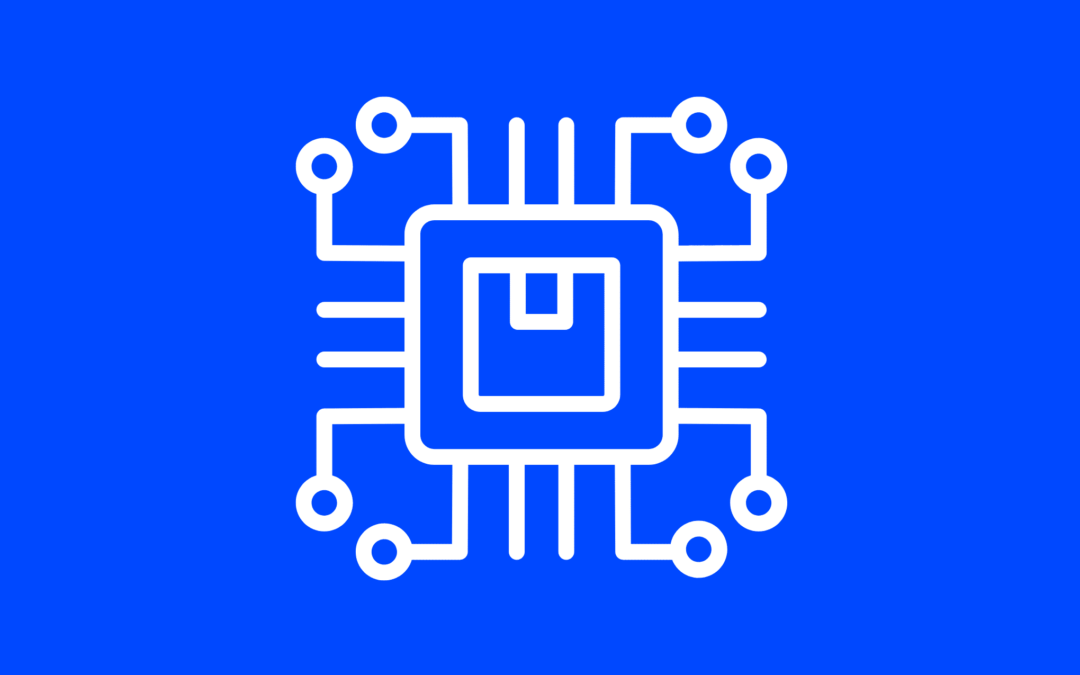Looking back at 2023, what word stands out in both our professional and personal lives? According to The Collins Dictionary, the word of the year was ‘Artificial Intelligence,’ or ‘AI.’ In manufacturing, AI has become a common buzzword across organizations. At its core, AI in manufacturing is all about making faster, better decisions to make things cheaper. It’s like giving machines a brain to speed up production and improve quality without spending a fortune. This has everyone excited because AI is going to change the world! Right?
But here’s the catch: despite all the hype, not many factories are actually using AI to its full potential. AI has the potential to change the game, but it needs not just vast amounts of data, but vast amounts of the right data. This concept as well as the gap between what AI can do and what’s really happening on the factory floor is what we’re going to dive into.
AI in Manufacturing: Promise vs. Reality
The allure of AI is undeniable since it promises to revolutionize the industry through things like enhancing operational efficiency, reducing costs, and improving product quality. Despite the buzz, the actual adoption of AI within the sector tells a different story. While surveys from Deloitte highlight the sector’s eagerness to embrace AI, they also found 91 percent of AI projects failed to meet expectations. This shows there is a significant gap between the potential benefits and the current reality of AI implementation. This gap is not just a matter of technology adoption but is deeply rooted in several critical challenges.
Barriers to AI Adoption
The availability of high-quality data – emphasis on availability – is severely lacking. Unfortunately, the industry is dealing with data challenges, including incomplete, outdated, or inaccurate datasets. These challenges arise as most manufacturing companies are still using legacy equipment on the factory floor, resulting in 50-75% of data being digitally inaccessible.
Manual operations and data collection further contribute to these data blind spots, limiting the AI models’ ability to learn and make accurate predictions. Many factories still rely on traditional, labor-intensive methods for data collection and analysis, missing out on the real-time insights and automation capabilities offered by AI. This reliance on manual systems creates a significant barrier to realizing AI’s full potential, as the effectiveness of AI is directly tied to the quality and comprehensiveness of the data fed into these systems.
Bridging the Gap
To tackle the data challenges that are limiting AI success in manufacturing, a multi-faceted approach is essential. One effective strategy involves the integration of Industrial Internet of Things (IIoT) technology across the manufacturing floor. IIoT sensors, infrastructure, and SaaS can capture a wealth of data in real-time, from asset location and machine performance metrics to environmental conditions, filling the blind spots created by legacy systems. A continuous stream of data enables more informed decision-making today while building next-gen data sets for predictive analytics in the future.
Collecting data is one thing, collecting data then contextualizing it is crucial for maximizing the data’s value. This means not only gathering data but also understanding the conditions under which it was collected and how it relates to other data points. Employing advanced data analytics tools can help manufacturers analyze this contextualized data, identifying patterns and insights that would otherwise remain hidden. This deeper level of understanding can significantly enhance the accuracy of AI models, allowing for more precise predictions and better operational decisions.
Embracing open APIs will facilitate the seamless integration of systems and technologies on the manufacturing floor. Open APIs allow for the easy exchange of data between different devices and platforms, breaking down the silos that often complicate data analysis. This interoperability is key to creating a smart, data-driven environment where AI can thrive. By combining IIoT sensors, contextualized data, and open APIs, manufacturers now have an advanced data set that AI can use, paving the way for more efficient, intelligent operations.
Thinaer Can Help
Embracing AI in manufacturing is not just about adopting new technologies; it’s about transforming operations to harness the power of real-time data. Overcoming the challenges of data quality and manual processes is crucial for unlocking AI’s full potential. By integrating IIoT sensors, leveraging contextualized data, and utilizing open APIs, manufacturers can achieve a new level of operational efficiency, product quality, and cost reduction.
Let’s connect and discuss how to make AI adoption less complex. We can even guide your team on the best way to fill your blind spots in a free 30-minute workshop. Thinaer’s team is ready to help you collect the right data and set you on the right path for your digital transformation initiatives.

